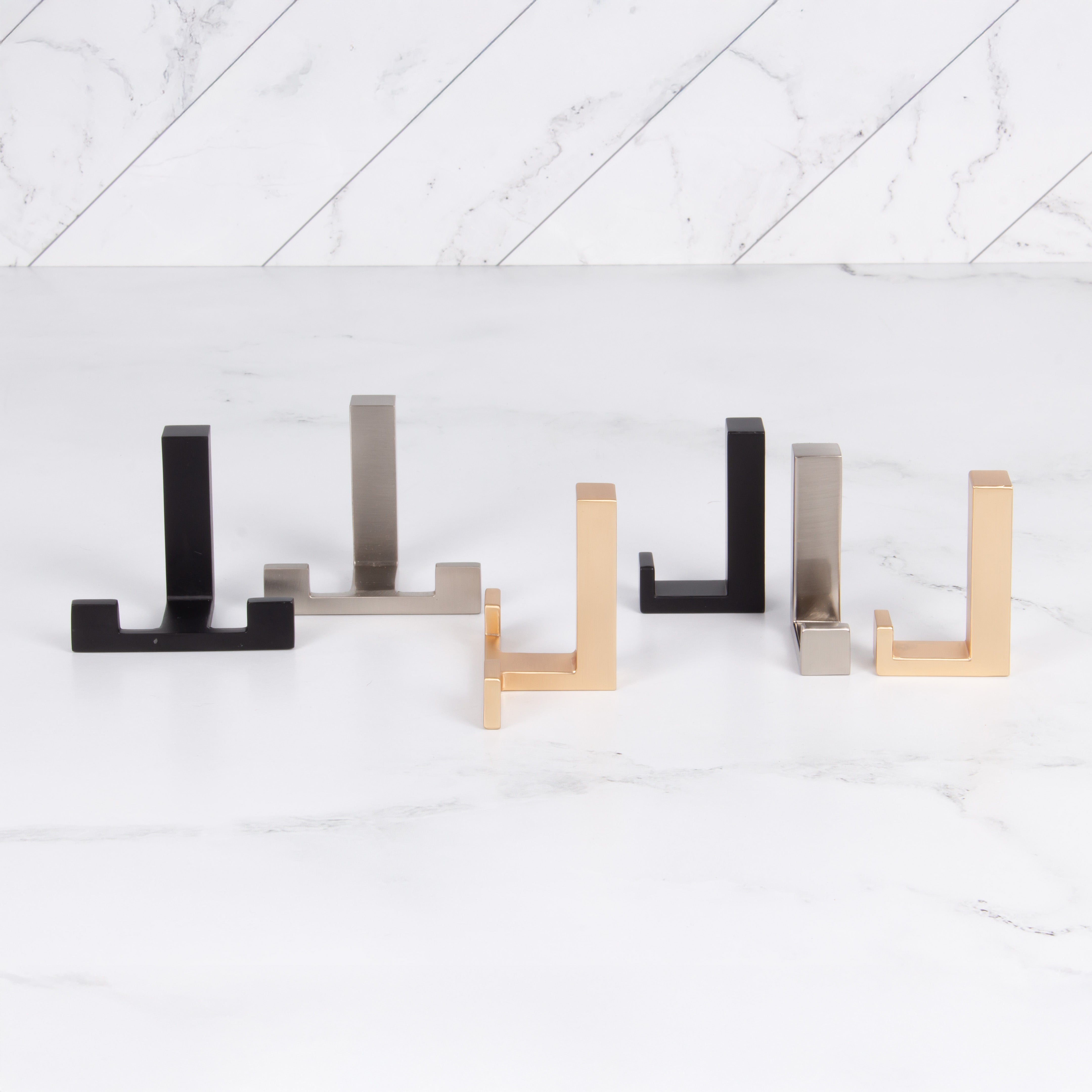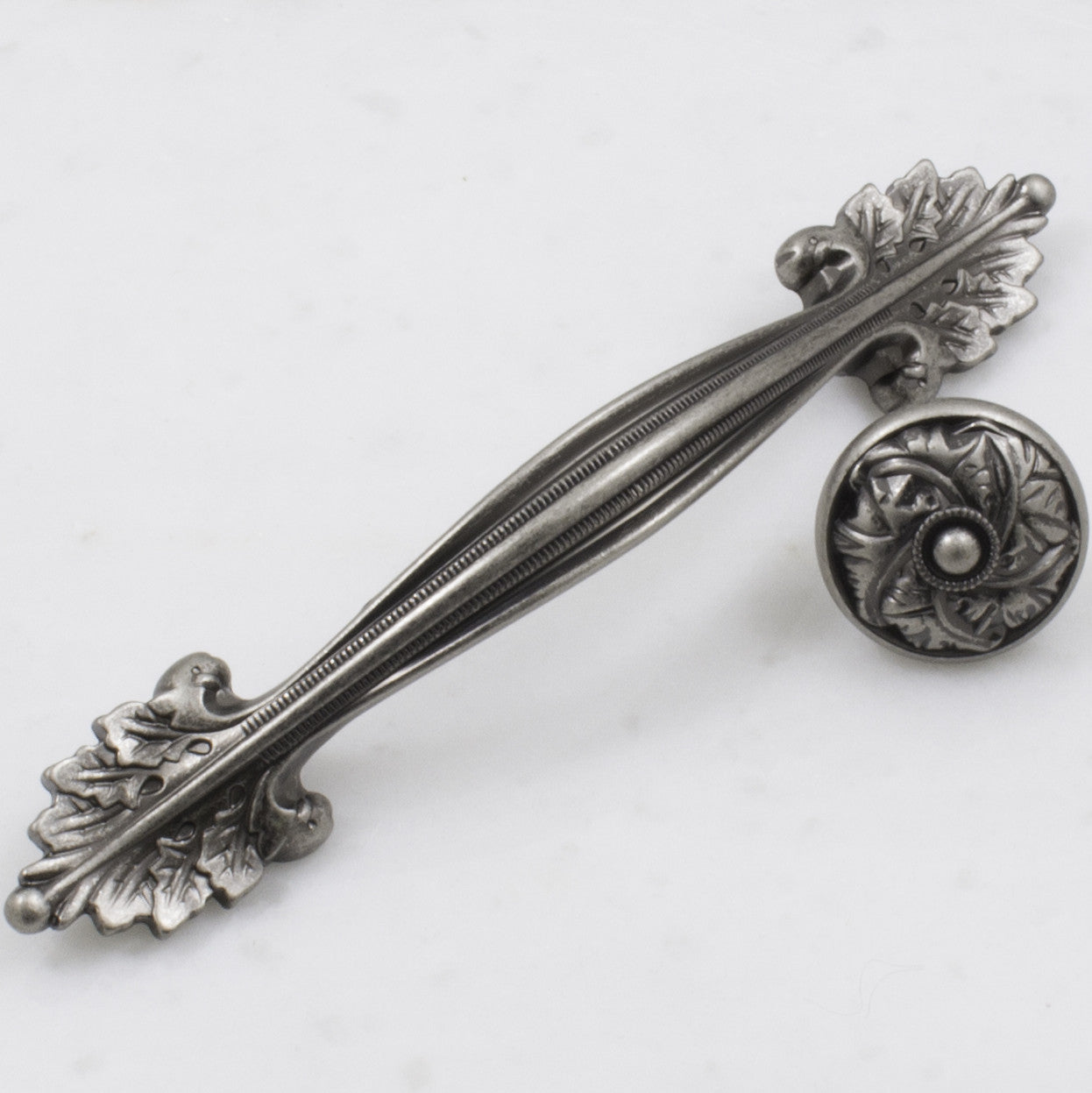Pocket doors are a great solution for tight spaces, such as bathrooms or pantries, where a hinged door would be in the way. They’re also a convenient option for home offices and dens. You can easily close off the room while working or studying, and slide the doors open when the room is not in use.
And while you’ll probably never see the hardware that makes a pocket door work, you will see (and use) the lock on a pocket door almost every day. So how do you know which lock to choose?

Pocket doors locks are generally available in two functions: passage (non-locking) or privacy (locking). Passage pocket door locks function as a pull, allowing you to slide the door in or out of the pocket. They’re ideal for closets, pantries and laundry rooms. The locking mechanism on privacy pocket door locks makes them ideal for bathrooms and bedrooms. Privacy pocket door locks also feature an emergency release button on the exterior side so you can easily rescue a child who’s accidentally locked themselves in the bathroom.
Round and square pocket door locks are the two most common types of pocket door locks. (Fancier, mortise-style pocket locks do exist, but they are often more expensive and more complicated to install.) Both styles come in a variety of finishes, so it’s easy to match your pocket door locks with the rest of your hardware.
Square pocket door locks require cutting a notch in the edge of your door, which means you should start with a basic door slab for easy installation. Most square pocket door locks feature a simple lever that flips out from the door edge and acts as a finger pull to slide the door out of the pocket.

Round pocket door locks often fit in a standard 2-1/8” hole, allowing you to use an existing door for a pocket door. This is a great way to repurpose an older door with lots of character or simply save on your remodeling budget, and it makes installation a breeze! If you’re reusing an existing door, be sure to correctly measure the backset so you order the correct latch size for the new pocket door lock. (The backset is the distance from the edge of the door to the center of the 2-1/8” hole. Most doors have a backset of either 2-3/8” or 2-3/4”.) Round pocket door locks usually have a tab that pops out of the edge of the door so you can easily pull the door out of the pocket.
If you have a set of two pocket doors that come together (often called converging pocket doors), you can create a locking set with two round pocket door locks. Simply install the cups of the passage lock on one door and a privacy lock on the other. Mount the strike for the privacy on the edge of the passage door, and you’re done! The latch from the privacy will hold the two doors together when the lock is engaged.
Pocket doors (and their locks) can open up a world of possibilities in your home. Look at your house and see if they are right for you.





18 comments
Anonymous
Hi Susan,
Keyed pocket door locks are now available! See if they will work for your application: https://www.stoneharborhardware.com/search?q=keyed+pocket+door+lock
Lorenza
I’m finding it impossible to lock my Kwikset round pocket door lock, and every other one I’m trying to install in my powder room. The reason is, they don’t provide the proper STRIKE PLATE for the lock mechanism to engage into. Look at any ad for pocket door locks—they never show a proper strike plate included with the lock set.
Aaron
I need to find recessed/flush door hardware for the door to the closet where the water heater is located ( we will have a barn door sliding over it, so a door knob doesn’t work). Can I use pocket door hardware on a regular hinged door? It doesn’t need to lock, it just needs to close securely.
Thanks
Reahn Donato
Hey, I was just wondering why my pocket sliding door isn’t locking? When I put it against the wall there is no gap, I turn it and it works. It goes into the hole but for some reason the latch won’t stay locked. When I pull on it, it opens
Reahn Donato
Hey, I was just wondering why my pocket sliding door isn’t locking? When I put it against the wall there is no gap, I turn it and it works. It goes into the hole but for some reason the latch won’t stay locked. When I pull on it, it opens
Leave a comment
All comments are moderated before being published.
This site is protected by hCaptcha and the hCaptcha Privacy Policy and Terms of Service apply.